Gardening In a New Climate: Steps to Take Before You Make Changes
Have you ever moved to a new area with no clue what type of plants you have or how to care for them? Well, your plight isn’t unusual – people find themselves in this situation often.
Thankfully, there are steps that you can take to learn about your landscape, the plants in it, how to care for them and what types of new plants will do well.
Believe it or not, it doesn’t matter what region you live in – the steps are the same.
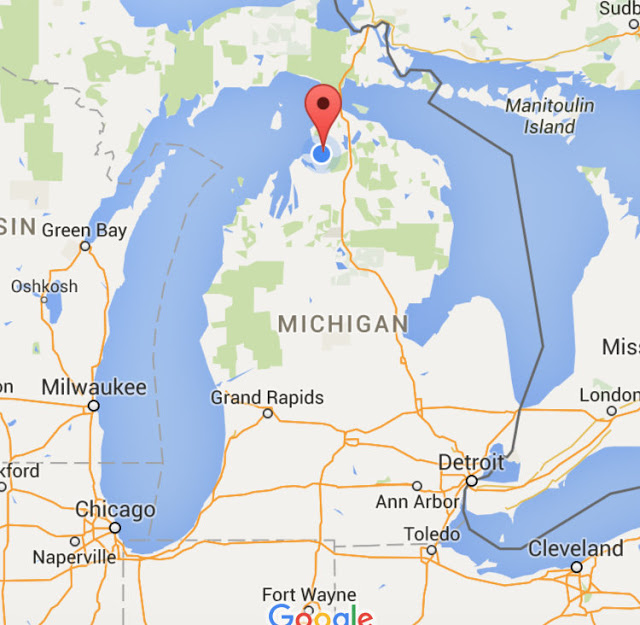
In my last post, I shared about my daughter’s move from Arizona to Michigan. She and her husband became new homeowners the beginning of this summer and were faced with many questions about their landscape.
I invite you to join them in their garden journey, learning helpful tips finding out about their new landscape, what plants to choose, and how to care for them.
Even if you live in a completely different climate than Michigan, my hope is that you’ll learn what steps to take when you find yourself in a new place with no clue how to take care of your garden.
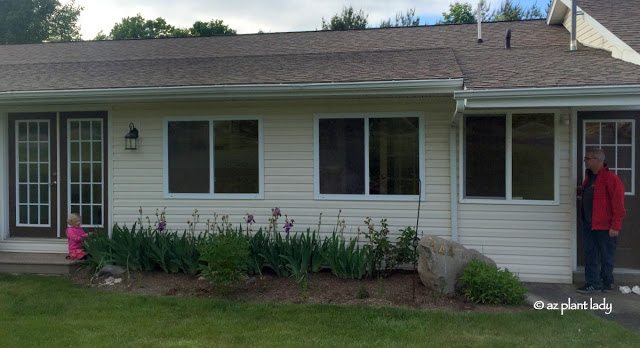
gardening in a new climate
1. Take stock of the existing landscape.
We walked around the entire landscape, including the areas up against the house and further out. The front of their home had a combination of shrubs, perennials, and flowering bulbs while the outer areas had a number of different trees.
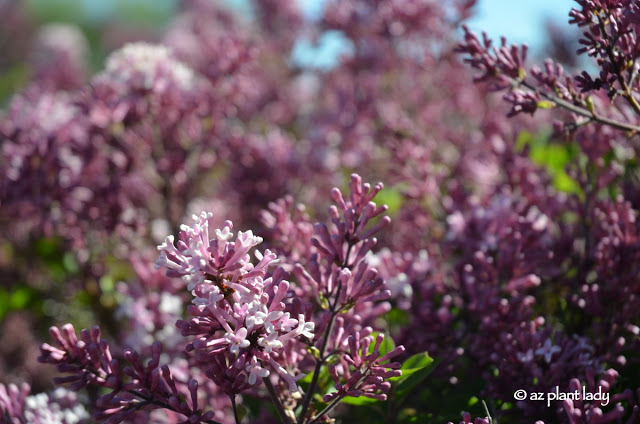
Lilac shrubs were in full bloom and peonies were just beginning to open…
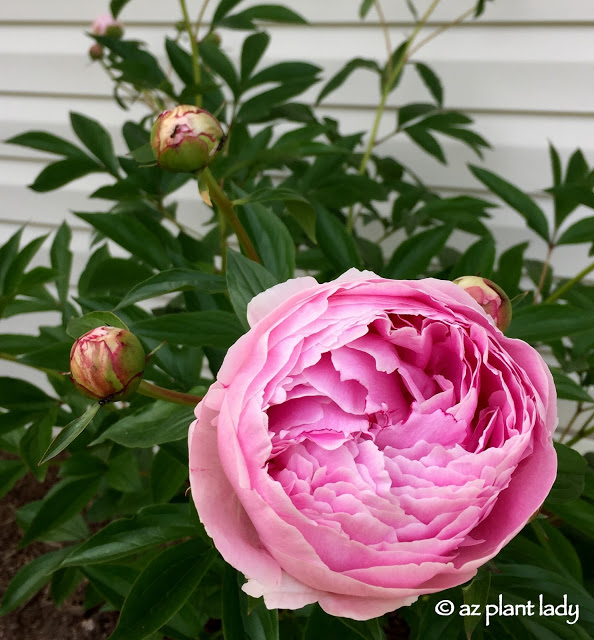
I must admit to being slightly envious since my Arizona garden doesn’t get cold enough in winter to be able to grow these lovely plants. However, I was fortunate to be there when hers were in bloom.
2. Take pictures of large areas as well as individual plants – particularly those that you don’t recognize.
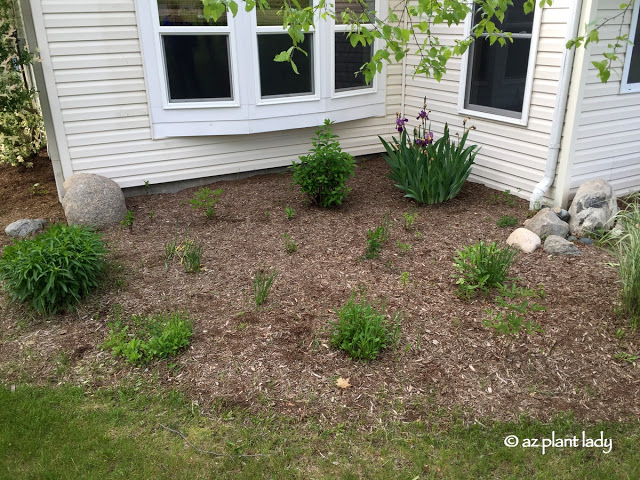
gardening in a new climate
While I knew what most of the plants were in my daughter’s landscape, she didn’t and there were a few that even I couldn’t identify (plants from more temperate climates aren’t my specialty).
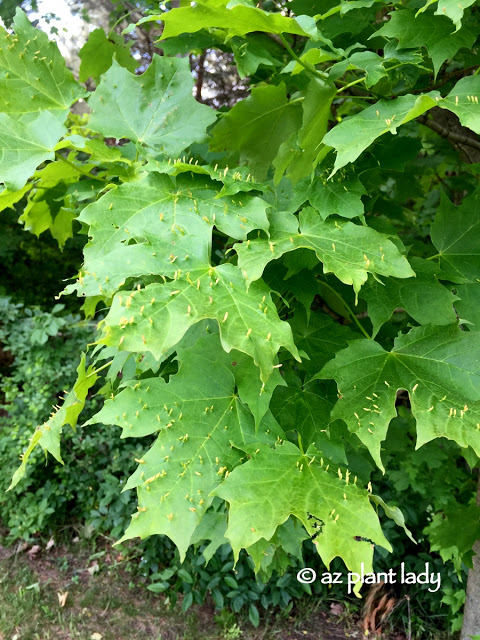
If you see something that you think is wrong with your plants, take a picture of that too. I wasn’t sure what was growing on the surface of the maple trees. (It turns out they are leaf galls, which are fairly common and don’t seriously impact the tree.)
3. Visit a local nursery.
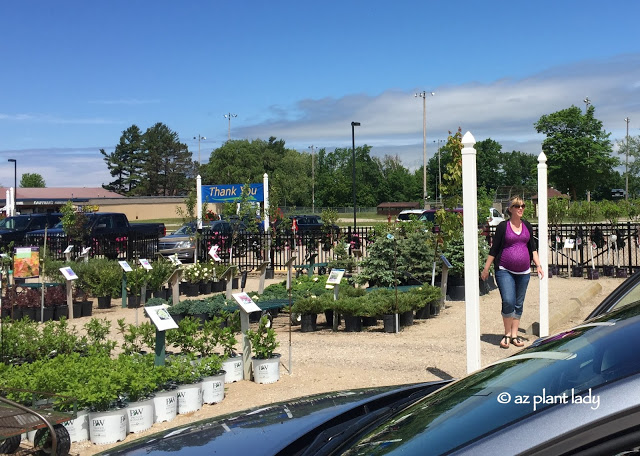
You will find most of your answers at a local plant nursery. Show the nursery staff pictures of your plants. They can help you identify what you have and can often tell you how to care for them.
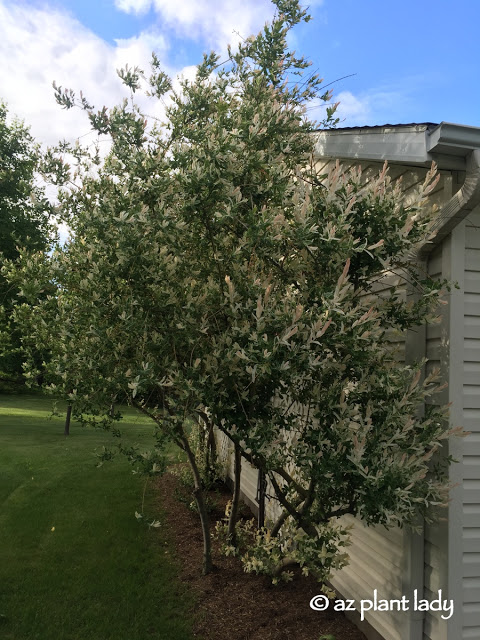
gardening in a new climate
Often, you will find the same plants at the nursery, where you can check the labels for the names along with instruction on how to care for them.
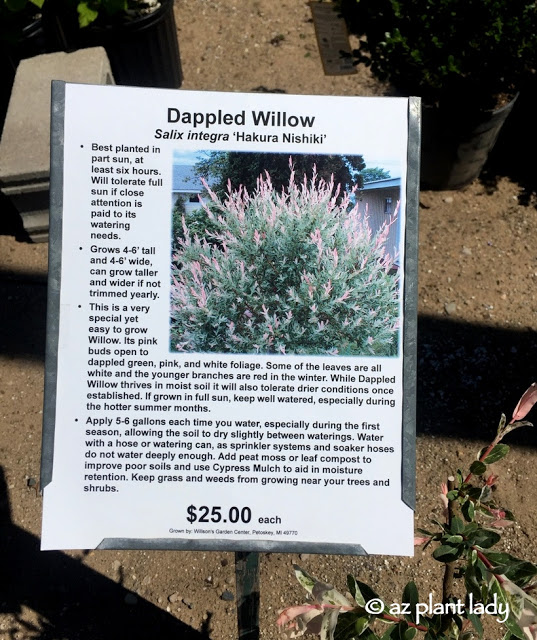
We found that the shrubs alongside the house are ‘dappled willow’.
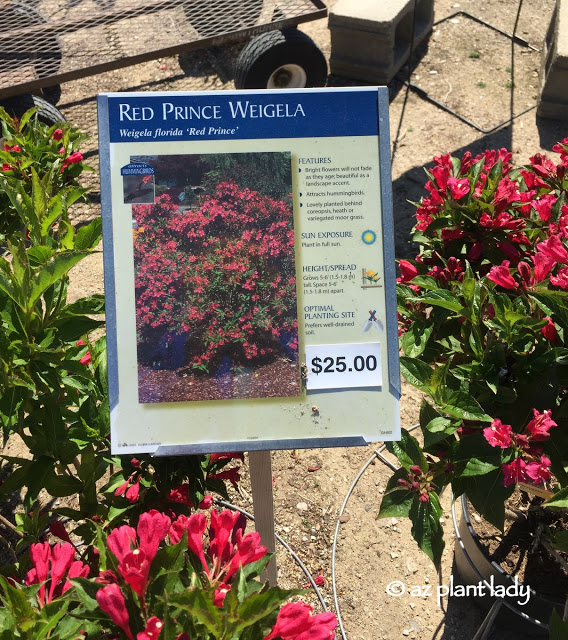
During your visit, take pictures of plants that you like along with a clear photo of the plant label. But, avoid buying anything at this point.
Be sure to show pictures to the nursery professionals of any suspected problems of your plants. They can often tell you what it is and how to treat it, if needed.
Local nurseries often have free (or inexpensive) guides on a range of gardening subjects. Be sure to ask if they have any.
**I advise against going to a big box store for advice on plants. Not all the staff is particularly knowledgeable and you’ll often find plants for sale that aren’t always suited for that climate. Local nurseries are best.
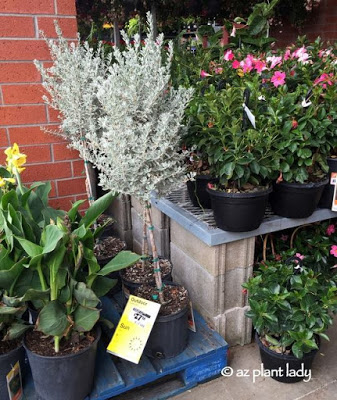
gardening in a new climate
For example, I found this Texas sage for sale at the local big box store. The problem is that this shrub can only handle temperatures as cold as 10 degrees F. In northern Michgan, winter temperatures can get down to -20 degrees. Unfortunately, this isn’t isolated to just this instance – it happens everywhere. So, visit local nurseries for the best advice and plant selection.
4. Contact the local cooperative extension office.
If you’ve never heard of cooperative extension services, you are missing out on a valuable resource. They are an “educational partnership that offers numerous programs implemented by county field faculty and supported by university-based specialists”.
Master Gardeners work for the cooperative extension office in your area, which is usually divided up by counties.
They have many resources for homeowners, especially in regards to their landscape, that is specifically tailored for that specific region. Often, much of the information can be found online and/or you can talk to a master gardener on the phone.
Here are some helpful questions to ask:
– What USDA planting zone do you live in?
– What type of soil is present in the area? Acidic or alkaline? That’s important to know since certain plants do better in one or the other.
– What is the average first and last frost date? In other words, how long is the growing season? For my garden in Arizona, the growing season is 10 months long while my daughter’s is only 6 months.
– When is the best time to prune roses, trees and shrubs?
– What are the planting dates for specific vegetables?
– Are there any insect pests that are particularly troublesome? How do you get rid of them?
For a listing of cooperative extension services, click here.
5. Take pictures of local landscapes and plants that you like.
When you are walking your dog or taking a stroll through the downtown area, grab your phone and take photos of plants that you like.

 Noelle Johnson, aka, 'AZ Plant Lady' is a author, horticulturist, and landscape consultant who helps people learn how to create, grow, and maintain beautiful desert gardens that thrive in a hot, dry climate. She does this through her consulting services, her online class Desert Gardening 101, and her monthly membership club, Through the Garden Gate. As she likes to tell desert-dwellers, "Gardening in the desert isn't hard, but it is different."
Noelle Johnson, aka, 'AZ Plant Lady' is a author, horticulturist, and landscape consultant who helps people learn how to create, grow, and maintain beautiful desert gardens that thrive in a hot, dry climate. She does this through her consulting services, her online class Desert Gardening 101, and her monthly membership club, Through the Garden Gate. As she likes to tell desert-dwellers, "Gardening in the desert isn't hard, but it is different."
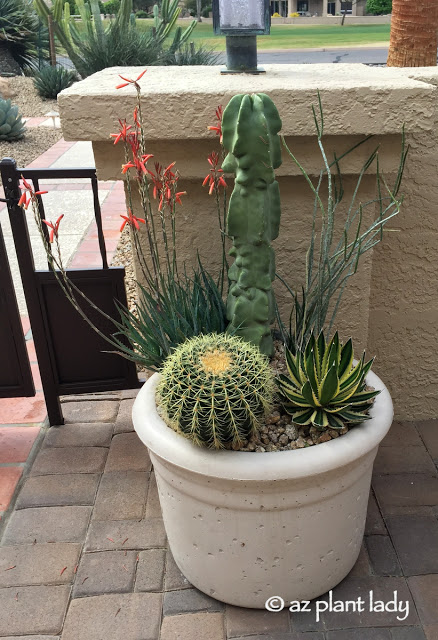

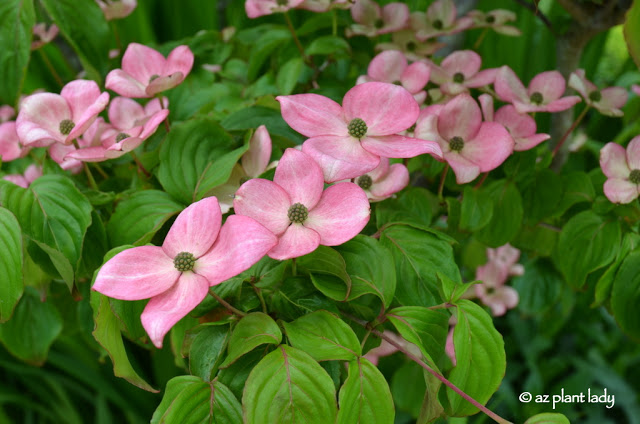
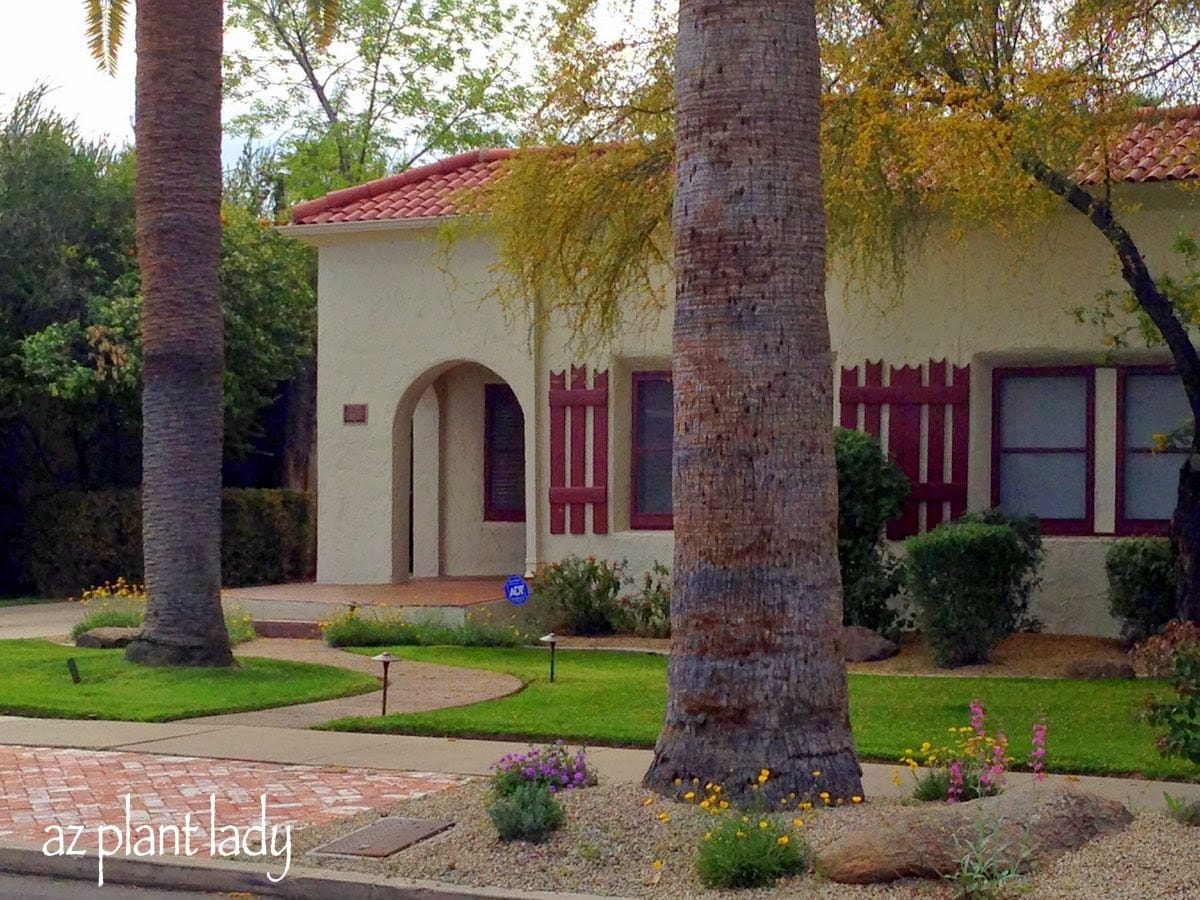
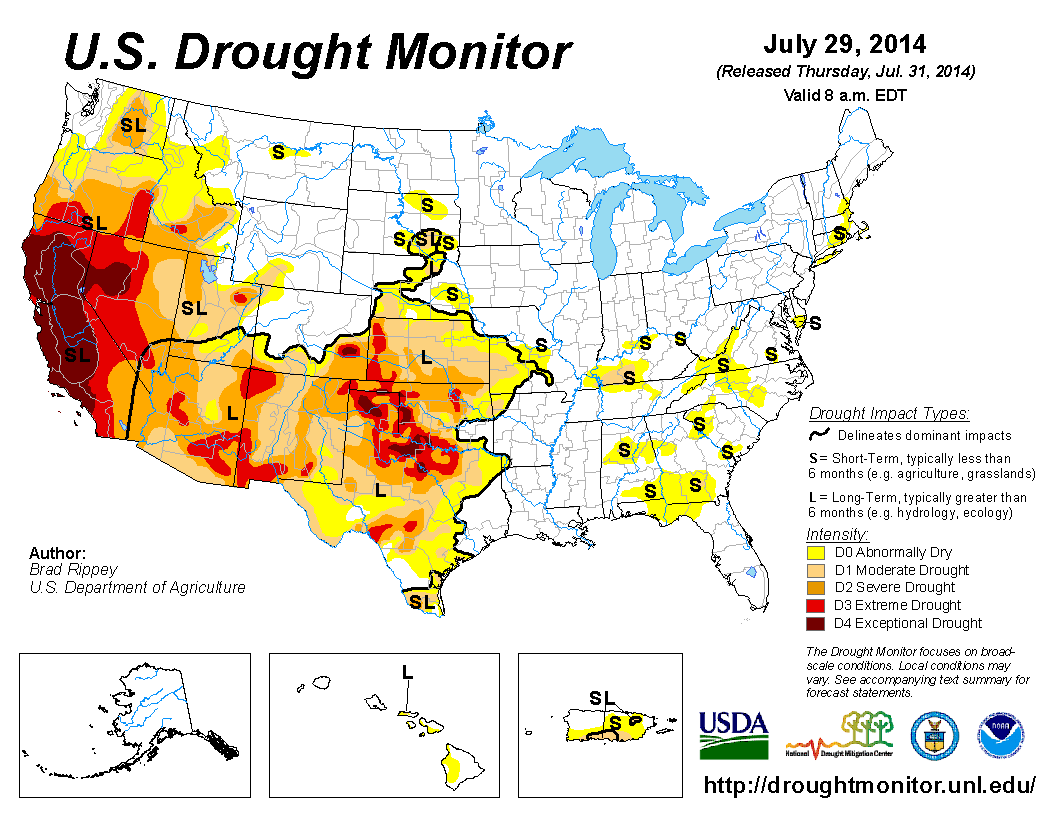
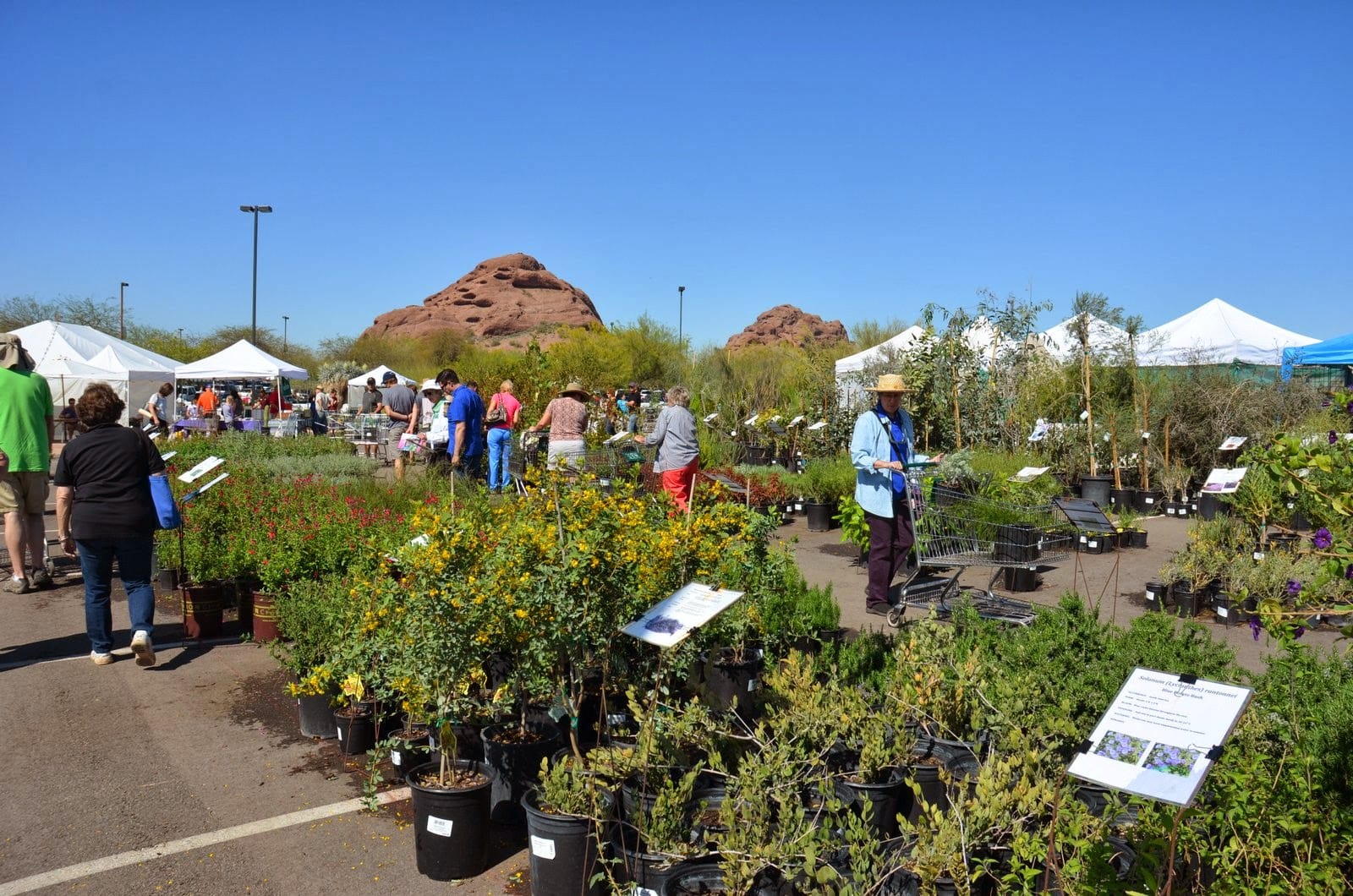






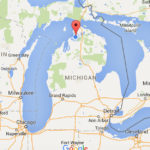
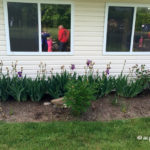
Nice to see your daughter is a "neighbor". Well not real close but right across the lake from me. She will love it – even the winters. I always think of winter as giving me a break from all the garden chores – and a time to catchup on reading. She will enjoy any and every visit she has to walk along the shores of this fantastic lake.
Once again – send her my "welcome to the neighborhood". Jack
Thank you, Jack! She does love it and has experienced her first winter with no problem. I am having a great time in her garden this summer 🙂